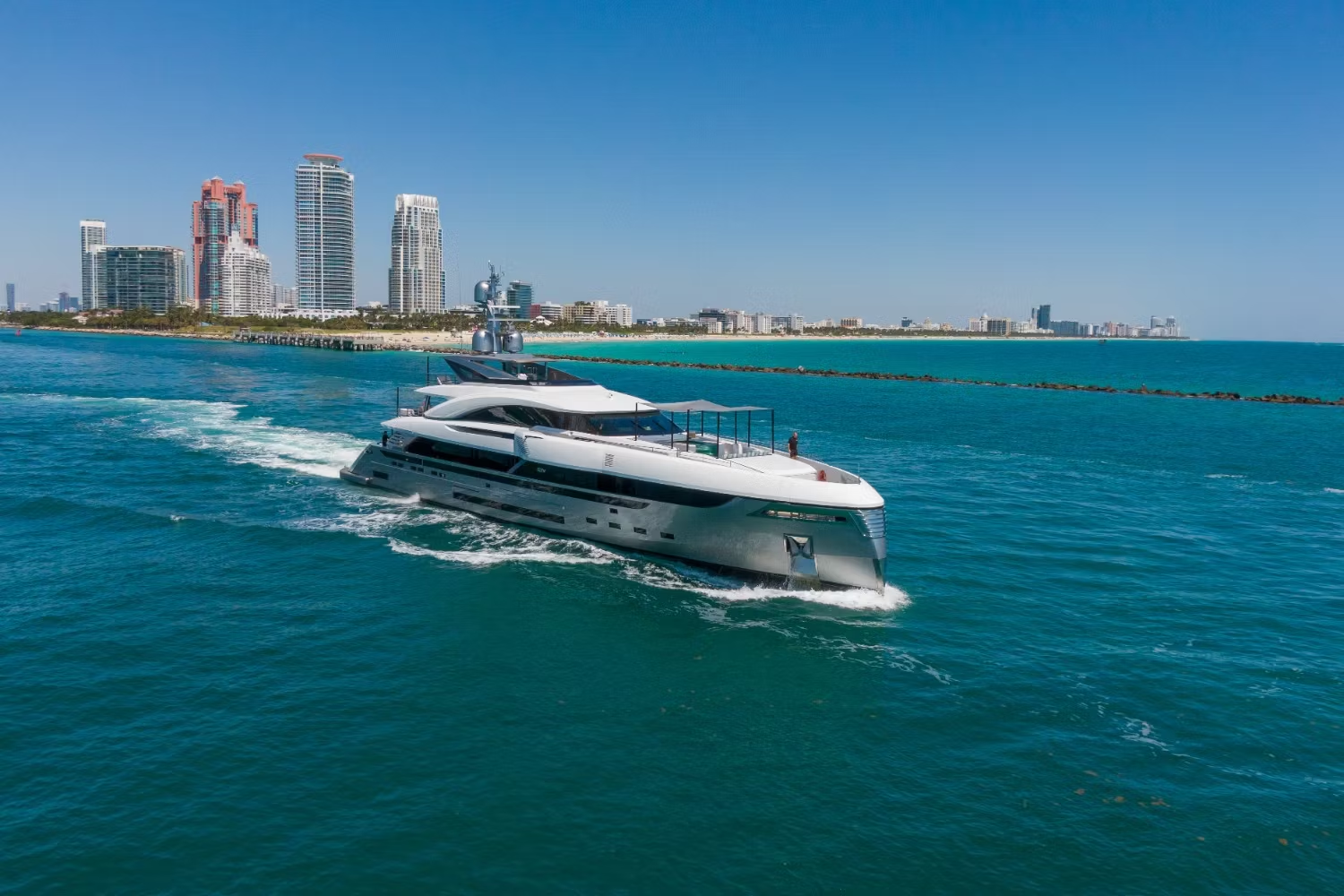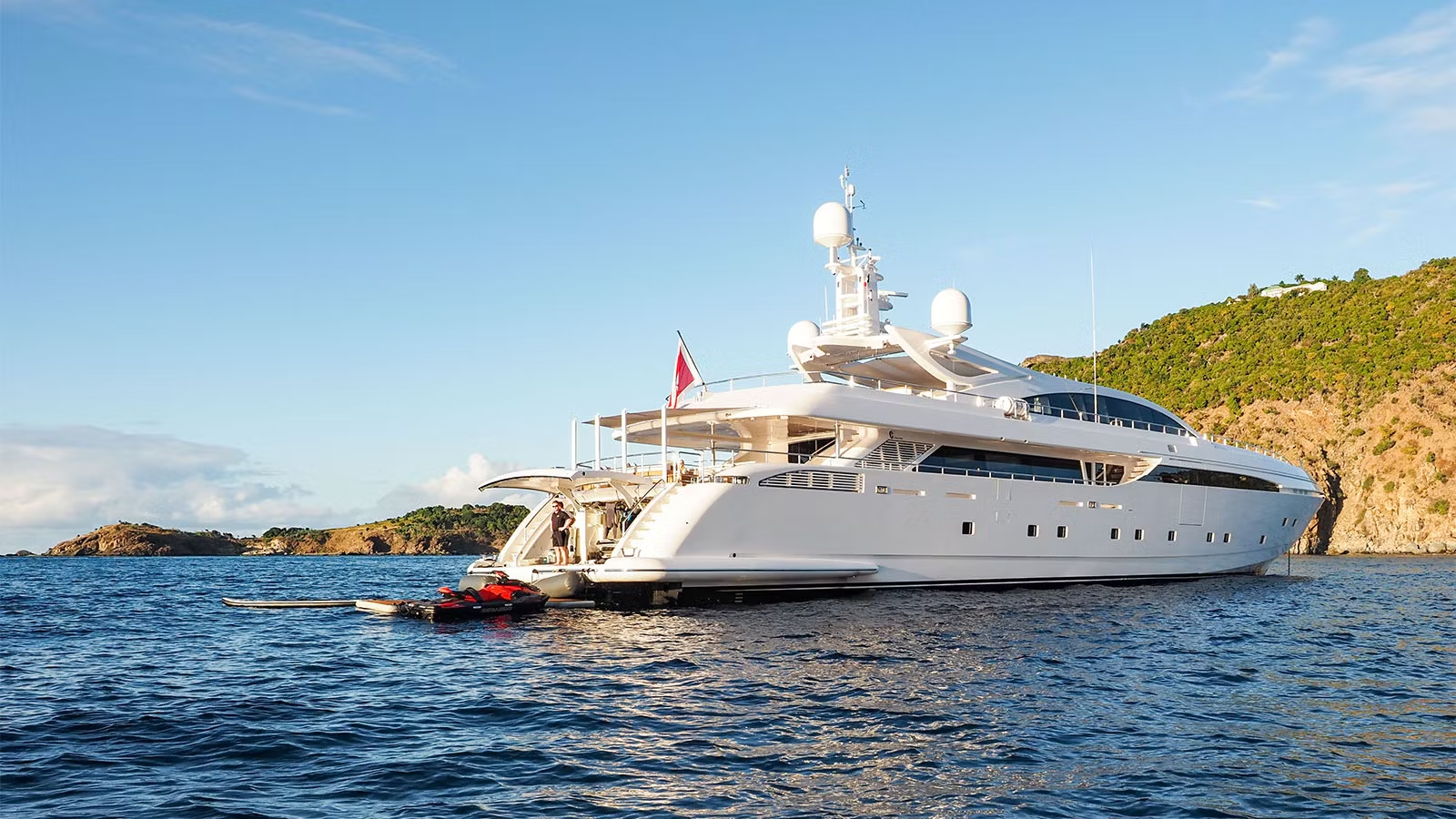
Welcome to the USA!
This page will answer the most common questions about foreign crew members working in the US and foreign boats navigation in the US.
FREQUENTLY ASKED QUESTIONS
Yes, but, except for Canadians, you will need to get a visa put in your passport. You get visas from the US Consulate or US embassies in foreign countries. Canadians do not get a physical B1 visa in their passport.
There are 2 types of visas you can get:
- C1D which is a 29-days visa for commercial ship. This visa is designed more for companies like cruise ships
- B1 visa which is often given for a duration of 10 years and allows to stay in the US for 6 months at a time. This visa is for private yachts, however, even a commercial yacht is considered to be private from the nature of the type of the boat.
You need to:
- fill a DS-160 on this link
- make an appointment to the US embassy you chose in your application
- go to a visa interview at which you will have to bring your SEA, yacht registration, and proof of your ties to your home country (hence showing that you have no intention of sating in the US once the boat is gone), and a supporting letter from your employer.
It is a very common misconception that foreign crew cannot work on a US documented yacht in the US.
Short answer is: B1 crew can work on Recreational US Documented vessels (not Coastwise), except for the following positions: Chief engineer, Radio officer, or officer in charge of a deck watch or engineering watch.
If the yacht is US Coast Guard documented, you have 2 types of registrations:
- Recreational vessel (Private use or Bareboat Charter)
- Coastwise endorsement (Charter)
1. 46 USC 12131 permits a U.S. documented vessel with only a recreational endorsement, to be under the command of citizens other than U.S. citizens.
2. 9 FAM (U.S. Foreign Affair Manual) 402.2-5(C)(5) allows yacht crew with B1 visas to provide services on any recreational vessel, regardless of vessel nationality, so long as they can establish they have a residence abroad that they do not intend to abandon.
Here are the extracts of the articles:
46 U.S. Code § 12131.Command of documented vessels
(a)IN GENERAL. – Except as provided in subsection (b), a documented vessel may be placed under the command only of a citizen of the United States.
(b)EXCEPTIONS. – Subsection (a) does not apply to:
(1) a vessel with only a recreational endorsement; or
(2) an unmanned barge operating outside of the territorial waters of the United States.
More on that here.
9 FAM 402.2-5(C)(5) (U) Yacht Crewmen
(U) Yacht crew who will provides services on board a recreational vessel who are able to establish that they have a residence abroad which they do not intend to abandon, regardless of the nationality of the yacht are classifiable B-1.
More on that here.
Yes, non-US crew working on a US recreational yacht must pay US Federal Income Taxes.
You will need to request an ITIN (International Tax ID number) to the IRS, which takes a couple of months to be issued. Your employer will have you fill a W9 and at the end of the year, you are issued a 1099 which is a summary of what you earned.
Before April 15 of the next year, you have to file a tax return with the IRS and pay revenue taxes.
Whether or not you need to also pay taxes in your home country depends on the agreements between the US and your country of origin.
Yes if:
- The boat is only Recreational
- Chief engineer, radio officer or officer in charge of a deck watch or engineer watch is US citizen or green card
- The rest of the crew can have a B1 visa
- The charter is specifically a Bareboat charter.
You can have 12 guests if the yacht is over 100 GT, and only 6 if the boat is under 100 GT.
7.1. Private Registry
Yes, if you have a Private yacht registry, you can get a cruising permit and cruise for 1 year in the US.
7.2. Commercial Registration
You cannot get a cruising permit with a commercial registration. You can get in the US, but you will have to hand your registration to customs and report to customs every change of county.
You are not allowed to do time charter under this scheme.
There are some schemes like the charters to nowhere but make sure you are well informed about it before intention it.
7.3. PYLC registration
Private Yacht with Limited Charter allowance.
This is a Hybrid registration that usually allows to get a cruising permit. I say “usually” because if you have bad luck and the customs officer googles your boat and sees that it is offered for charter, he will not grant you the cruising permit. The PYLC registration is offered by:
- the Marshall Islands
- St Vincent and the Grenadines
- Jamaica
You cannot time charter in the US though. You can out of the US.
Very often, European vessels will temporarily switch to these when coming for the winter.
- Puerto Rico: yes
- St Thomas, USVI: St Thomas requires the B1 visa for crew to enter but allows foreign commercially registered boats to do time charter from there without paying duties (import tax) on the boat.
Yes, you will have to:
- Pay import duties (1.5% + 0.35% of misc extra fees)
- Pay the use tax on the boat (in Florida it is 6 to 8.5% with a cap at $18,000). So if your boat is worth 10 M$, you pay only 18 K$.
- Document your boat with the USCG
- Request the Coastwise endorsement (be patient, it can take 4 months…)
- Remember, the Coastwise endorsement will prevent you from hiring foreign crew.
We hope this page helped you make more informed decisions. However, this page is meant for information purpose only and does not represent legal advice. Regulations are subject to constant changes. For legal advice, please refer to a specialize maritime or immigration attorney.


